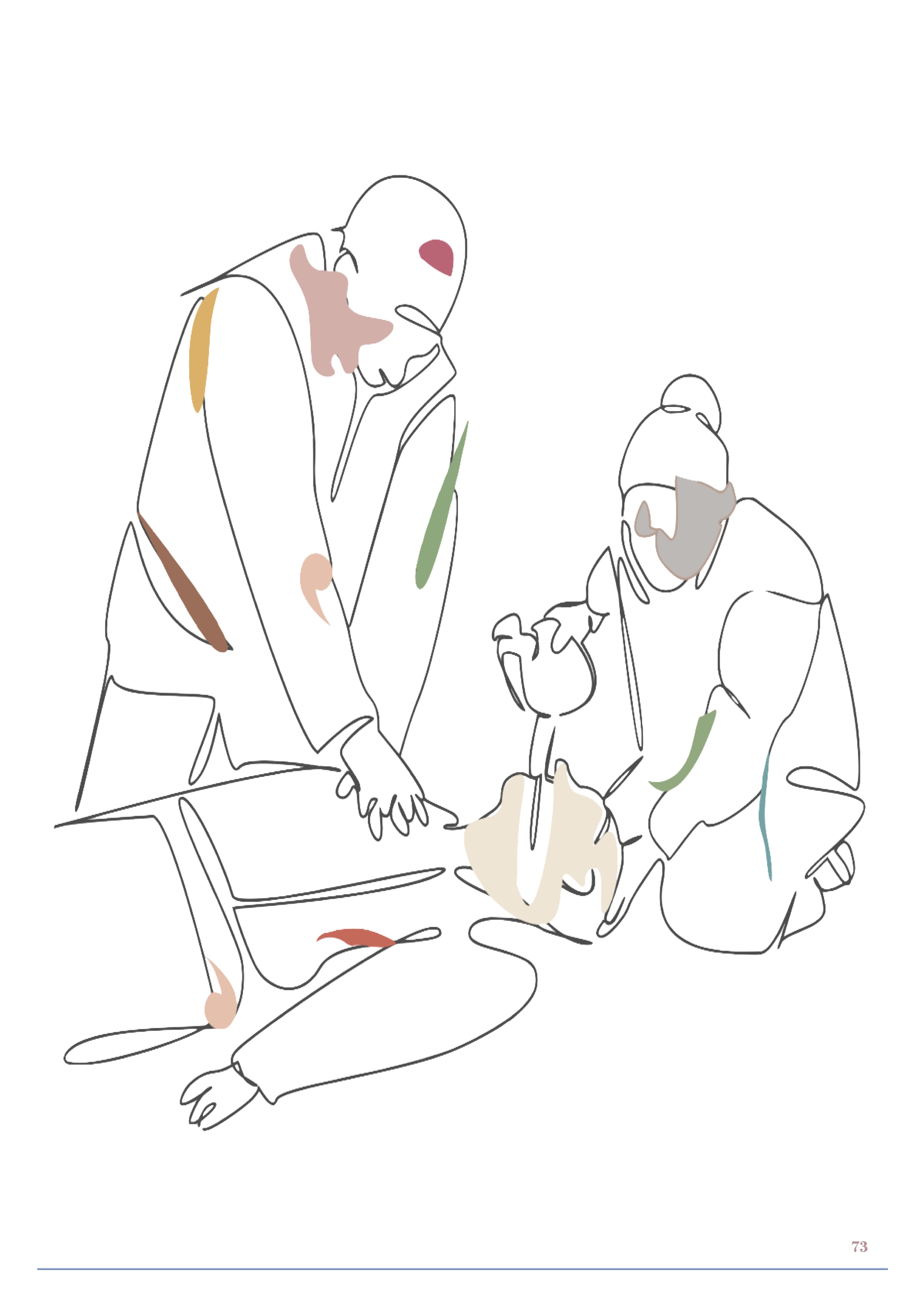The impact of cultural biases and language barriers in emergency care
DOI:
https://doi.org/10.33178/SMJ.2025.1.13Keywords:
Emergency Medicine , Cultural Barriers, Language Barriers, Implicit BiasAbstract
Emergency departments (ED) serve diverse populations, making it essential to deliver equitable, high-quality care to all patients, regardless of their cultural or ethnic backgrounds. However, the fast-paced, high-stress environment of EDs, combined with challenges such as language barriers and cultural biases, often impedes this goal. These obstacles have been widely recognized as significant barriers to effective care. Addressing these challenges, as highlighted in the literature, can empower EDs and emergency care providers to enhance patient care quality, promote equity, and ultimately reduce adverse patient outcomes.
References
Greenwald AG, Banaji MR. Implicit social cognition: Attitudes, self-esteem, an stereotypes. Psychological Review
[Internet]. 1995;102(1):4–27. Available from: https://faculty.washington.edu/agg/pdf/Greenwald_Banaji_PsychRev_1995.OCR.pdf
Laxmisan A, Hakimzada F, Sayan OR, Green RA, Zhang J, Patel VL. The multitasking clinician: Decision-making and cognitive demand during and after team handoffs in emergency care. International Journal of Medical Informatics. 2007 Nov;76(11-12):801–11.
DIJKER AJ, KOOMEN W. Stereotyping and attitudinal effects under time pressure. European Journal of Social Psychology. 1996 Jan;26(1):61–74.
Johnson TJ, Hickey RW, Switzer GE, Miller E, Winger DG, Nguyen M, et al. The Impact of Cognitive Stressors in the Emergency Department on Physician Implicit Racial Bias. Gerson L, editor. Academic Emergency Medicine. 2016 Feb 22;23(3):297–305.
Hambrook JT, Kimball TR, Khoury P, Cnota J. Disparities Exist in the Emergency Department Evaluation of Pediatric Chest Pain. Congenital Heart Disease. 2010 May;5(3):285–91.
Association of Race and Ethnicity With Management of Abdominal Pain in the Emergency Department. PEDIATRICS. 2013 Sep 23;132(4):X20–0.
Intercultural Health and Social Inclusion [Internet]. HSE.ie. Available from: https://www.hse.ie/eng/about/who/primarycare/socialinclusion/intercultural-health/
Renzaho AMN, Romios P, Crock C, Sonderlund AL. The effectiveness of cultural competence programs in ethnic minority patient-centered health care--a systematic review of the literature. International Journal for Quality in Health Care. 2013 Jan 22;25(3):261–9.
Ray, M., & Capraro, A. (2024). Languages other than English in a pediatric ED: Documentation, extended stays, and revisits. The American journal of emergency medicine, 85, 163–165. https://doi.org/10.1016/j.ajem.2024.09.024
Olsavszky, V ., Bazari, M., Dai, T. B., Olsavszky, A., Finkelmeier, F., Friedrich-Rust, M., Zeuzem, S., Herrmann, E., Leipe, J., Michael, F. A., Westernhagen, H. V ., & Ballo, O. (2024). Overcoming Communication Barriers in Clinical Care: A Digital Translation Platform. JMIR formative research, 10.2196/63095. Advance online publication. https://doi.org/10.2196/63095
Perera, N., Riou, M., Birnie, T., Whiteside, A., Ball, S., & Finn, J. (2024). Language barriers in emergency ambulance calls for cardiac arrest: Cases of missing vital information. Social science & medicine (1982), 365, 117623. Advance online publication. https://doi.org/10.1016/j.socscimed.2024.117623
Li, H., Ali, S., Hartling, L., Dennett, L., Lopatina, E., Ganeshamoorthy, K., & Khangura, J. (2024). Language interpretation and translation in emergency care: A scoping review protocol. PloS one, 19(11), e0314049. https://doi.org/10.1371/journal.pone.0314049
Al Shamsi H, Almutairi AG, Al Mashrafi S, Al Kalbani T. Implications of language barriers for healthcare: A systematic review. Oman Medical Journal [Internet]. 2020 Apr 30;35(2):1–7. Available from: https://pmc.ncbi.nlm.nih.gov/articles/PMC7201401/
Farcas AM, Joiner AP, Rudman JS, Ramesh K, Torres G, Crowe RP, et al. Disparities in Emergency Medical Services Care Delivery in the United States: A Scoping Review. Prehospital Emergency Care. 2022 Nov 29;27(8):1–14.
Snow WM, Connett JE, Sharma S, Murray RP. Predictors of attendance and dropout at the Lung Health Study 11-year follow-up. Contemporary Clinical Trials. 2007 Jan;28(1):25–32.
Madden K, Scott T, McKay P, Petrisor BA, Jeray KJ, Tanner SL, et al. Predicting and Preventing Loss to Follow-up of Adult Trauma Patients in Randomized Controlled Trials. The Journal of Bone and Joint Surgery American volume [Internet].m 2017 Jul 5 [cited 2020 Aug 24];99(13):1086–92. Available from: https://www.ncbi.nlm.nih.gov/pmc/articles/PMC5490332/
Cooper-Patrick L. Race, Gender, and Partnership in the Patient-Physician Relationship. JAMA. 1999 Aug 11;282(6):583.

Downloads
Published
License
Copyright (c) 2025 Mayah Cousens, Carina Lam, Hio Weng Chu, Houssein Chahrour, Fallan Curtis

This work is licensed under a Creative Commons Attribution-NonCommercial 4.0 International License.









